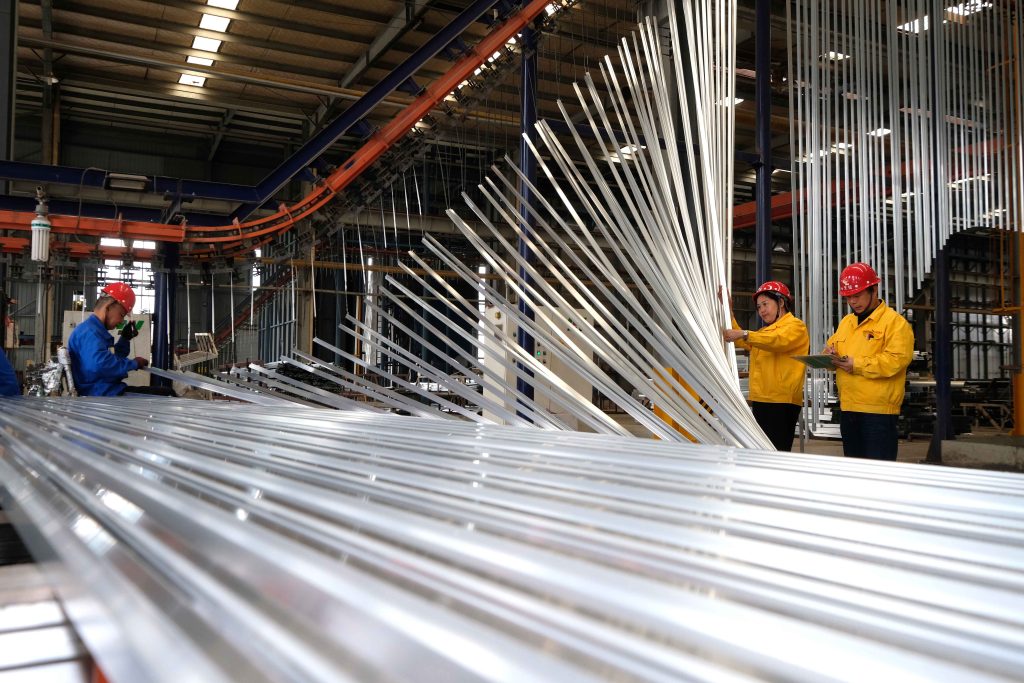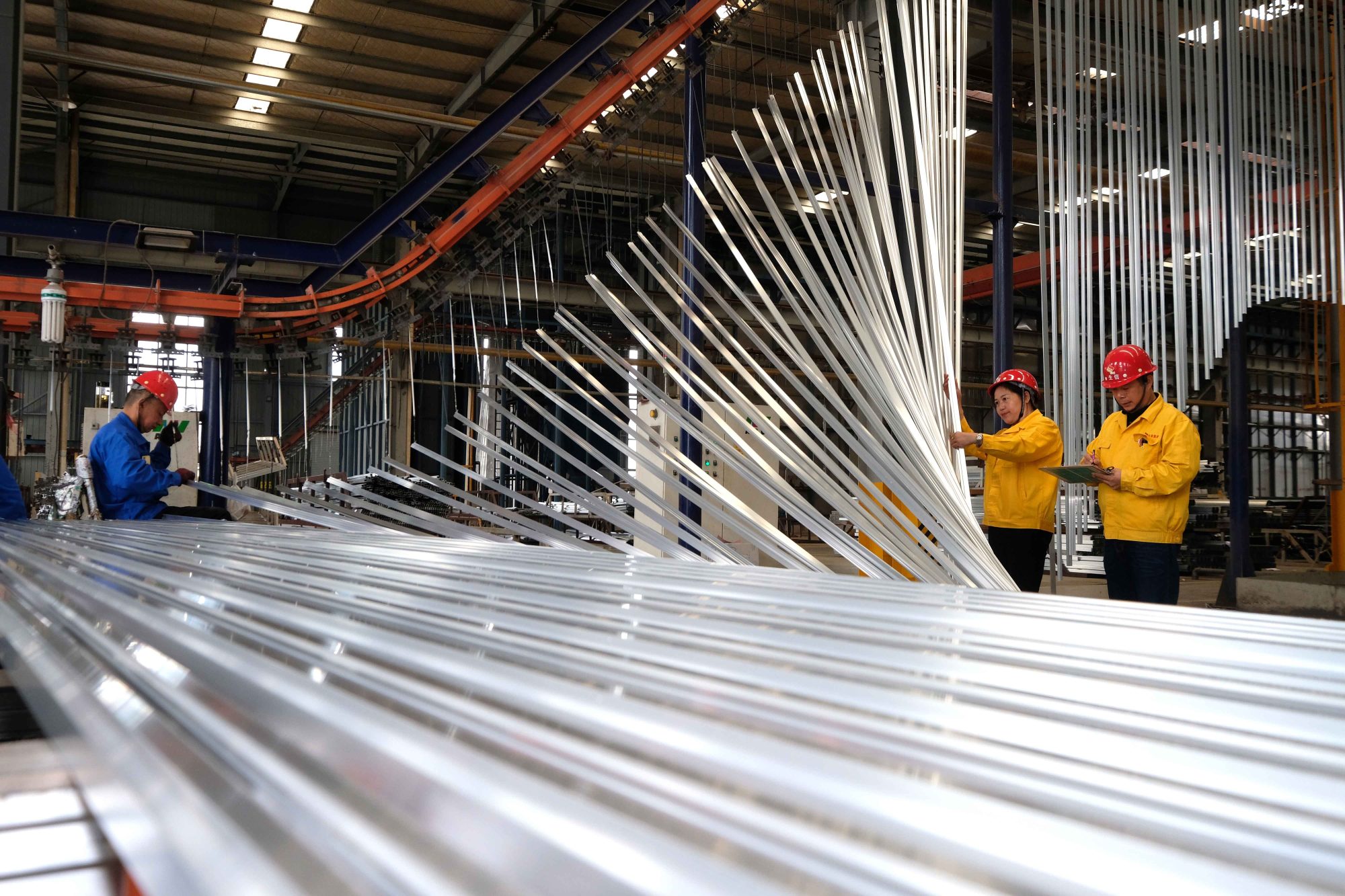Introduction
The recent announcement by Alcoa (NYSE: AA) regarding the closure of its Kwinana refinery in Western Australia marks the end of an era for a facility that has been a cornerstone of the aluminum industry for over 60 years. This decision not only impacts the local community and workforce but also has broader implications for the global aluminum market.
Reasons Behind the Shutdown
Challenging market conditions and the age of the factory have been cited as the primary reasons for the shutdown. The Kwinana refinery’s operational costs and declining efficiency have become increasingly unsustainable in the competitive global market.
The Economic and Employment Impact
The cessation of operations at Kwinana will result in significant job losses, affecting over 750 employees and 200 contractors. The response from local government officials underscores the profound impact on the community, with efforts being ramped up to provide support and new opportunities for those affected.
The Global Aluminum Market Context
The closure of the Kwinana refinery is set against the backdrop of a dynamic global aluminum market. With Kwinana historically being a major supplier of commercial alumina, particularly in the Middle East,
its shutdown may exert upward pressure on international alumina spot prices. This situation is compounded by the challenges in bauxite supply and rising Chinese alumina prices.
Future of Alcoa and Australian Aluminum Industry
Alcoa’s strategic direction includes plans to continue mining low-grade bauxite in Western Australia until approximately 2027. This shift suggests a potential increase in bauxite exports from Australia, while alumina exports might see a decline. These changes are indicative of a broader trend in the industry, where companies are adapting to evolving market demands and resources availability.
Leadership Changes and Strategic Shifts at Alcoa
The announcement follows a significant change in leadership at Alcoa, with William Oplinger succeeding Roy Harvey as CEO. This leadership transition may signal new strategic directions for the company, especially in its approach to the alumina segment, which has been described as a “marginal” operation in terms of revenue generation.
Conclusion
The closure of Alcoa’s Kwinana refinery is a pivotal moment for the aluminum industry, reflecting broader shifts in global market dynamics and corporate strategies. As the industry continues to evolve, the focus will be on how companies like Alcoa navigate these changes and the implications for global aluminum production and trade.

